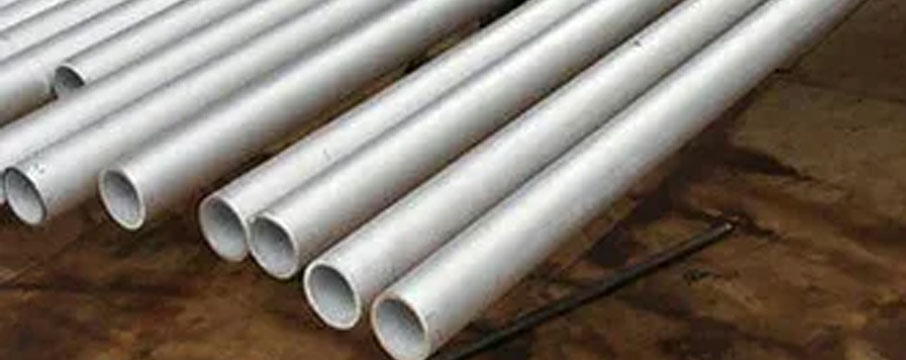
The majority of metal applications use stainless steels due to their strength, corrosion resistance, and affordability. There are stainless steels that are ferritic, austenitic, and duplex. Austenitic stainless steels are those of grades 304 and 316. They are both composed of 8 percent nickel and 18 percent chromium. Molybdenum is a component of the 316 material. The 316 material has a good corrosion resistance to chloride ions thanks to the 4% molybdenum content. Both materials are composed of silicon, phosphorus, sulphur, phosphorus, iron, and manganese. They both have densities of 8 grammes per centimetre cube. Compared to the 316 material, the 304 material is more simpler to process.
The 304 vs 316 stainless steel machinability is advantageous for the 304 metal. It might be machined and moulded. For strains, cleaning is simple. Although the 316 is challenging to process and difficult to clean, it is not susceptible to surface corrosion such as rust. These factors have diverse functions in various applications. Due to its affordability and ease of cleaning, 304 is used in common home and low-cost applications. Because of its strong corrosion resistance, 316 is utilised in marine, food-grade, and applications exposed to seawater. However, because molybdenum has been added to the 316 material, it is more expensive than 304. The 316 metal is likewise more difficult to shape. Therefore, 316 is only recommended for cases where 304 cannot be used. 304 316 stainless steel magnetic properties are similar but the 316 has less magnetic properties compared to the 304 material.
These materials' magnetic properties are mostly a result of the magnetic properties of nickel in the composition. Despite the presence of strong magnetic separators in the process flow systems, both of these materials may be prone to particle separation. These result in the materials breaking down into tiny particles that may be drawn to the magnetic field. The probability of particle attraction occurring due to magnetic fields is decreased by using 316 material in high corrosive and food grade production systems rather than 304 material. It is frequently an issue. how to check ss 304 and 316 to confirm which material it is. Material check reports are the best way to check and confirm the material.
When they leave the plant, they are both comparable. They are difficult to distinguish from one another visibly. The distinction can be made evident by checking for rust. Compared to 316, 304 has a higher electrical resistance. You can tell them apart if you have a way of gauging it. The simplest method is to do a rust test for those with little technical expertise or access to resources. In seawater, the 304 material rusts but the 316 material does not. There is sodium chloride in the seawater. Dip the material in a solution of sodium chloride or table salt to duplicate the effect. While the 316 material won't, the 304 material will eventually corrode or discolour.
| Typw | Mn | C | P | Si | S | N | Mo | Cr | Ni | |
| 304 | minimum | – | – | – | – | – | – | – | 18.0 | 8.0 |
| maximum | 2.0 | 0.08 | 0.045 | 0.75 | 0.030 | 0.10 | 20.0 | 10.5 | ||
| Grade | Elongation (% in 50mm) minimum | Strength of Yield 0.2% Proof (MPa) minimum | Strength of Tensile (MPa) minimum | Pipes Hardness | ||
| Rockwell B (HR B) maximum | Brinell (HB) maximum | |||||
| 304 | 40 | 205 | 515 | 92 | 201 | |
| Type | Old British | Euronorm | SS | UNS | JIS | ||
| En | BS | Name | No | ||||
| 304 | 58E | 304S31 | X5CrNi18-10 | 1.4301 | 2332 | S30400 | SUS 304 |
| Grade | Elongation (% in 50mm) min | Strength of Yield 0.2% Proof (MPa) minimum | Strength of Tensile (MPa) minimum | Pipe Hardness | |
| Rockwell B (HR B) maximum | Brinell (HB) maximum | ||||
| 316 | 40 | 205 | 515 | 95 | 217 |
| Grade | Mn | C | Si | P | N | S | Cr | Ni | Mo | |
| 316 | min. | – | – | – | – | – | – | 16.0 | 10.0 | 2.0 |
| max. | 2.0 | 0.08 | 0.75 | 0.045 | 0.10 | 0.03 | 18.0 | 14.0 | 3.0 | |
| Type | UNS | Old British | Euronorm | JIS | SS | ||
| En | BS | Name | No | ||||
| 316 | S31600 | 58E | 304S11 | X5CrNiMo17-12-2 | 1.4401 | SUS 316 | 2347 |

